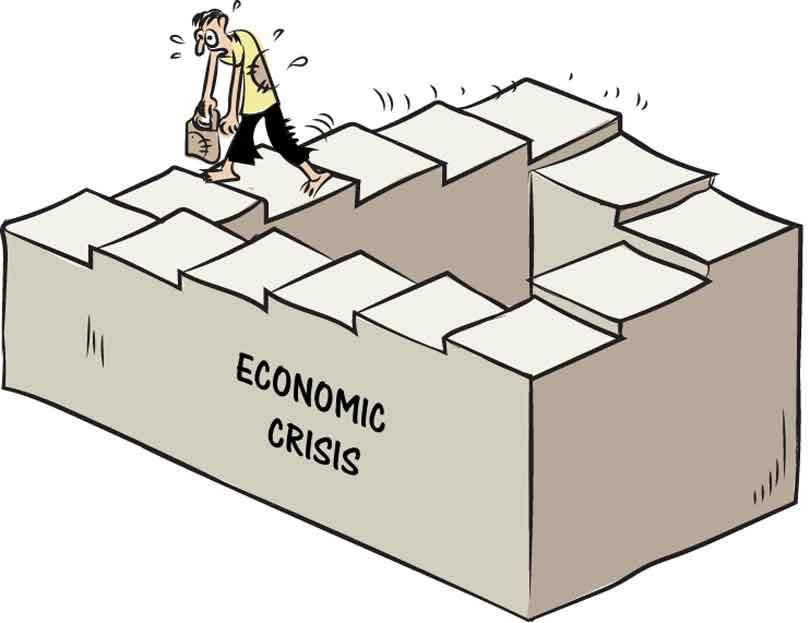Reply To:
Name - Reply Comment

Since the July 22 crackdown on the protestors who had occupied the Presidential Secretariat, there seems to be a relative quietness in the political front. The fright instilled in the minds of the people by the crackdown, the images and footages of which went viral on social media could be attributed to this calmness. The fright is well manifested by the fast diminishing number of social media posts by the supporters of the protests or the Aragalaya, as it was known, since the crackdown.
The social media which was overwhelmed by the posts supportive of the “Aragalaya” and had become the driving force of it before the resignation of Gotabaya Rajapaksa as President on July 14, now carry only a few of such posts which are also vague or indirect in nature. And most of the groups that actively supported the protests against the government such as artistes, students, trade unionists and lawyers seem to have gone into hibernation. The trade unions who threatened to strike work, unless the President and the Prime Minister resigned while the protestors have occupied the President’s House seem to have changed their course of action or keeping a low profile.
Have those groups who wanted President Rajapaksa to go, submitted to the current political reality or just stepped back? Is this the much-talked about political stability that was stressed by the International Monetary Fund (IMF) as a prerequisite for the implementation of its programme in respect of Sri Lanka? These are some the things that are not clear at the moment.
Whatever, the situation may be, one cannot forget that the people’s agitations which intensified within a few months to oust an executive President were not organized by any political party, but were spontaneous reactions to the hardships faced by them due to the economic crisis. They sprang here and there with the government’s decision to ban on importation of chemical fertilizer and other agro-chemicals in May last year and spiraling cost of living. Then there were similar agitations against the acute shortage of fuel and cooking gas which came to a head with the implementation of power cuts over ten hours, a few months ago.
Thus, the intermittent demonstrations held here and there turned to be an uprising against the leaders of the government, especially President Gotabaya Rajapaksa on March 31, in a massive protest in front of his private residence in Mirihana. It seemed to be a clear spontaneous reaction against the hardships people had to face owing mainly to an unprecedented foreign exchange crisis. Its spontaneity is well evidenced by the involvement of the middle-class in street protests which normally keep away from such protests. And the protests very soon were taken over by the social media activists, students’ organizations and trade unions backed by the ordinary people and Opposition political parties such as the JVP, FSP, SJB and the UNP. However, it was obvious from the beginning that the protests did not have the proper political direction, making the current state of affairs inevitable.
Yet, it is obvious that the root cause of the people’s agitations has not yet been addressed, despite them having been reduced to insignificant small gatherings, permanently or temporarily which would again be decided by the circumstances in the coming days. There are still long queues for fuel and cooking gas across the country resulting in localized unrests every day. Addressing these issues immediately should be on top of the government’s priority list, since the current situation on the ground is not a far cry from that prevailed before the countrywide protests.
People might put up with the current hardships, if they can see that something positive is happening and solutions are around the corner, as uncertainty for more than a year has been tormenting and unbearable to them. Hence, a clear roadmap towards the recovery probably with the involvement of the IMF has to be placed before the country, instead of haphazard promises by ministers on the arrival of fuel and gas shipments.